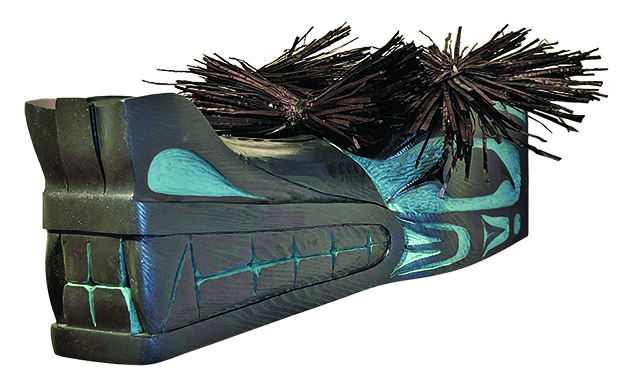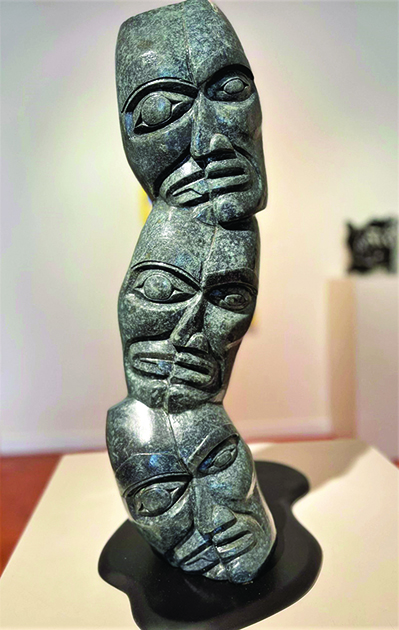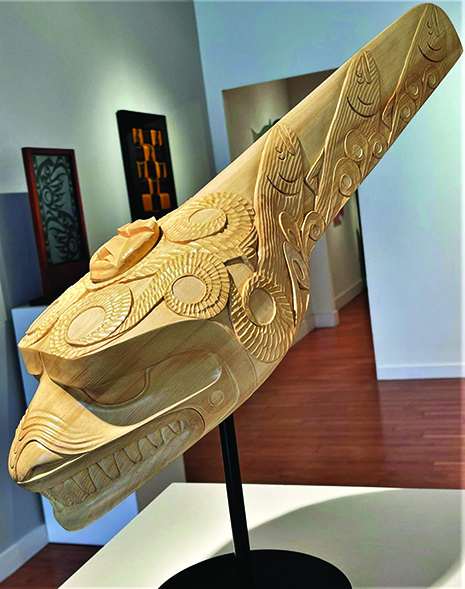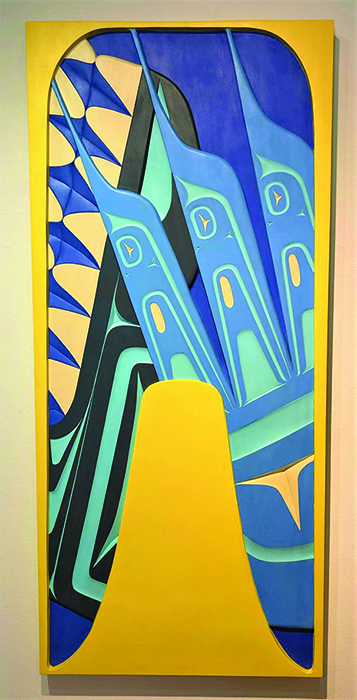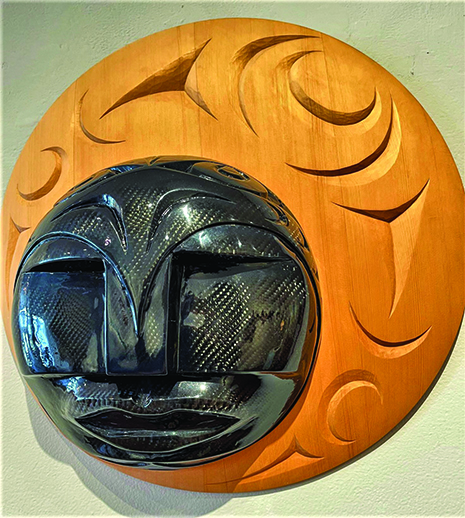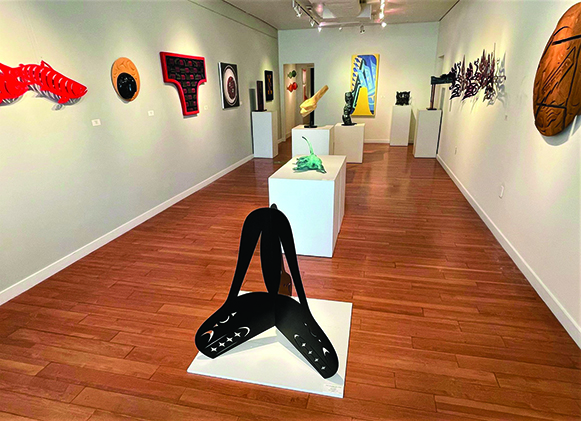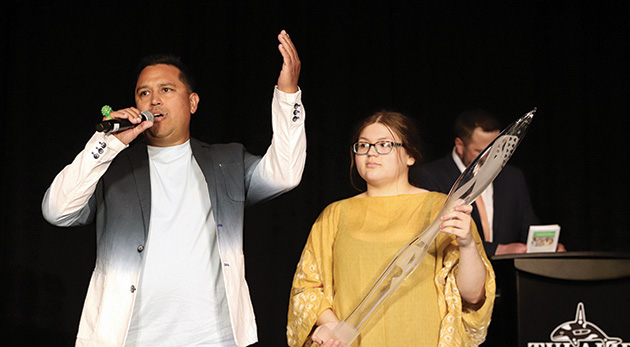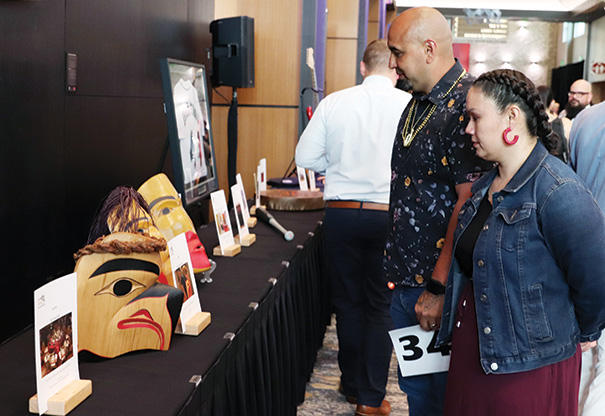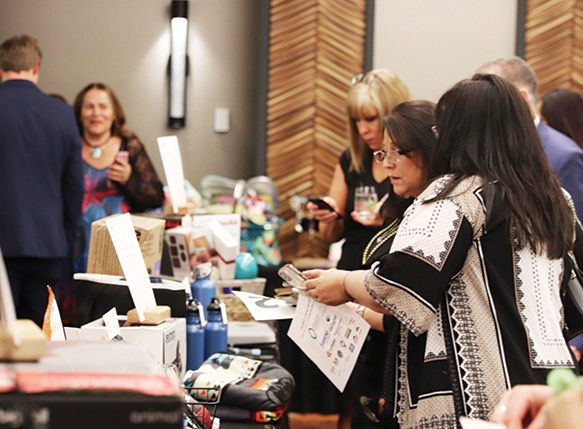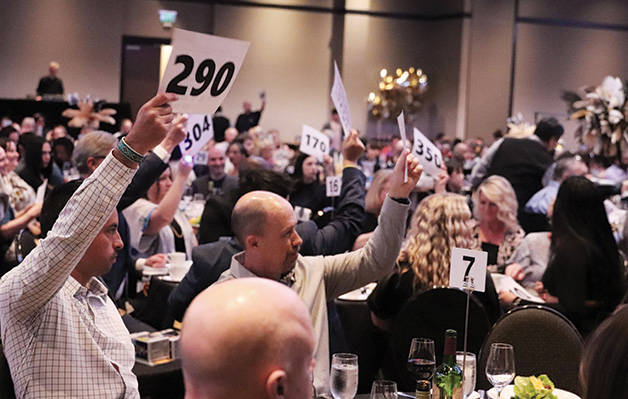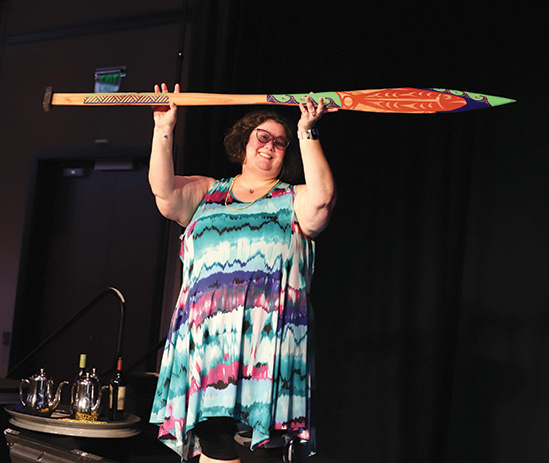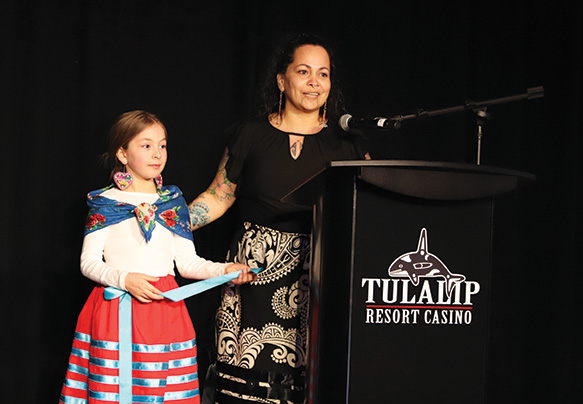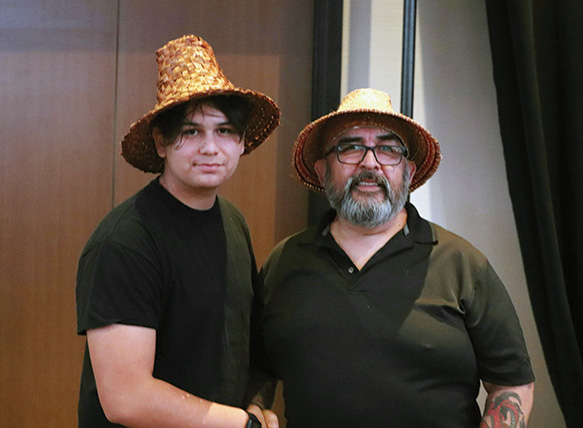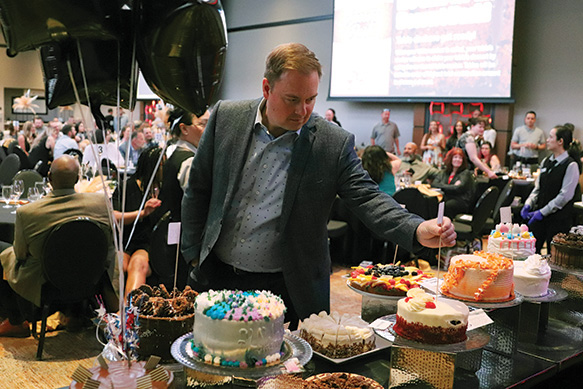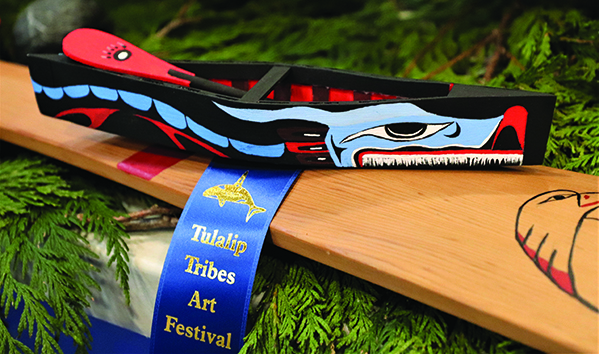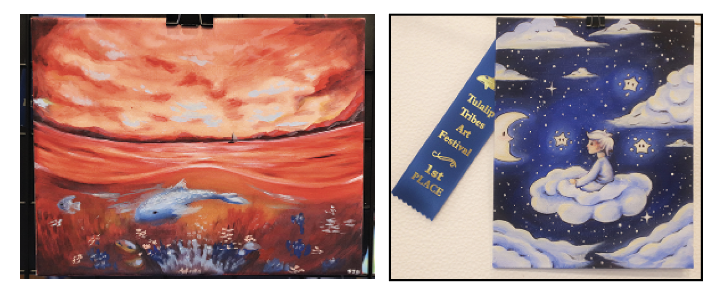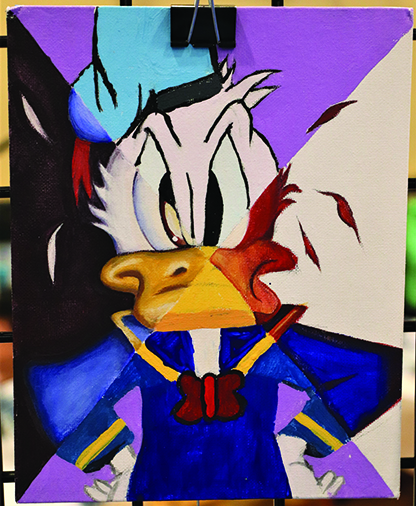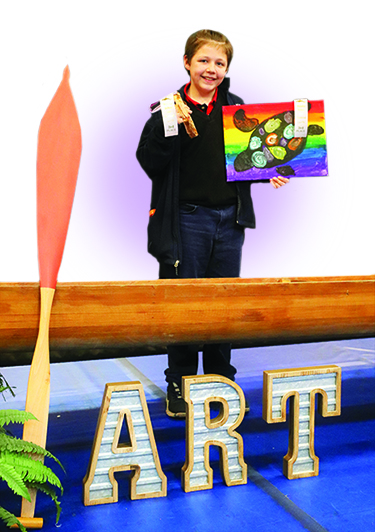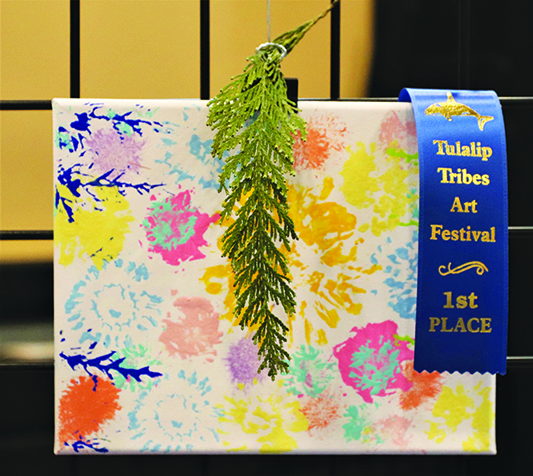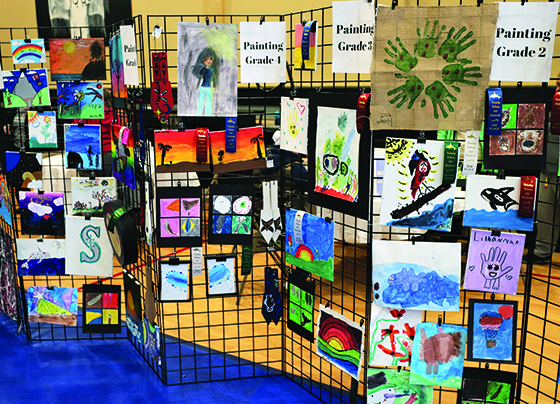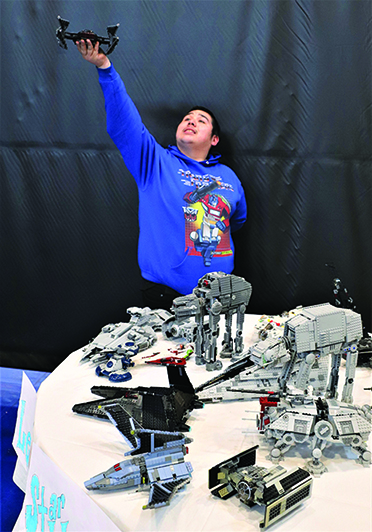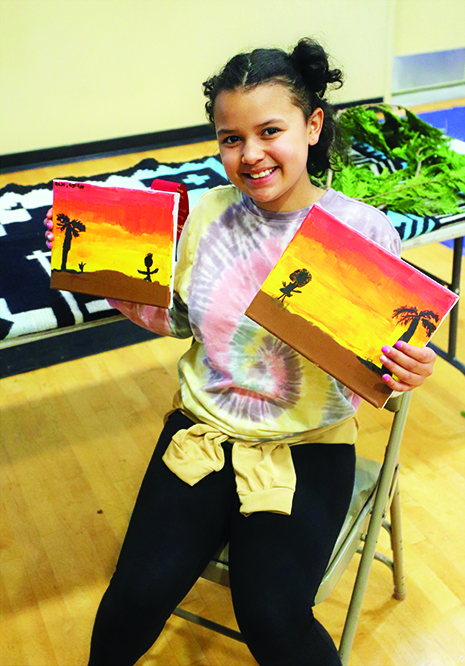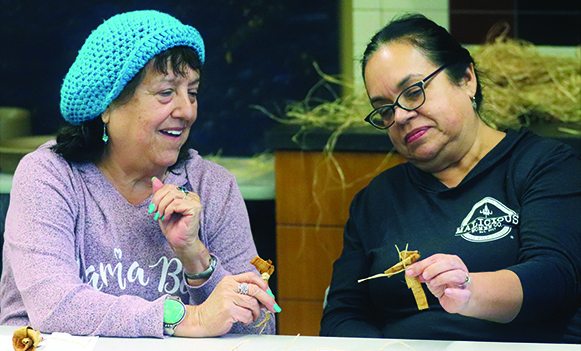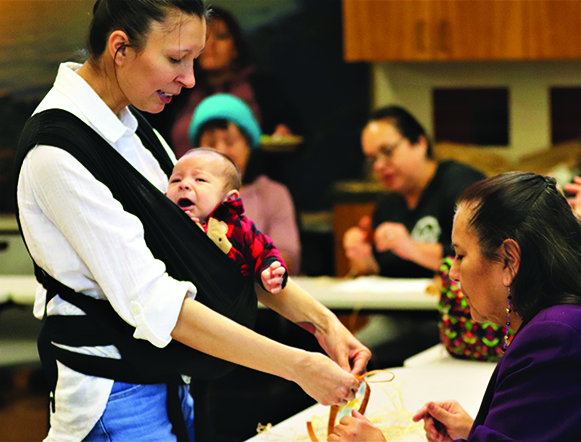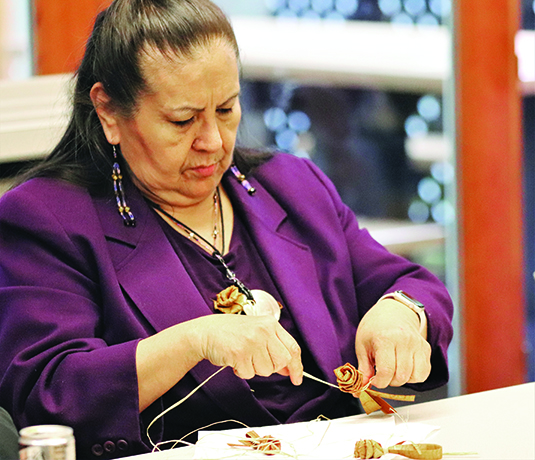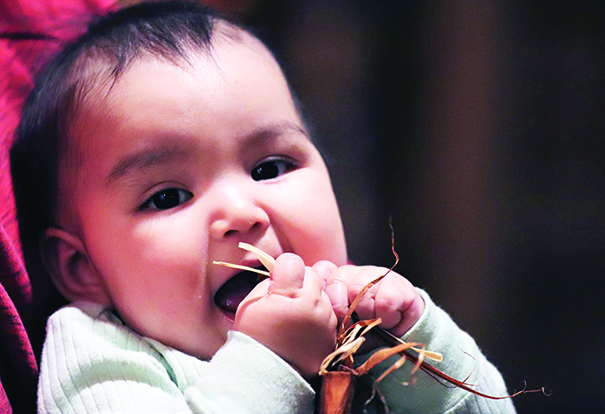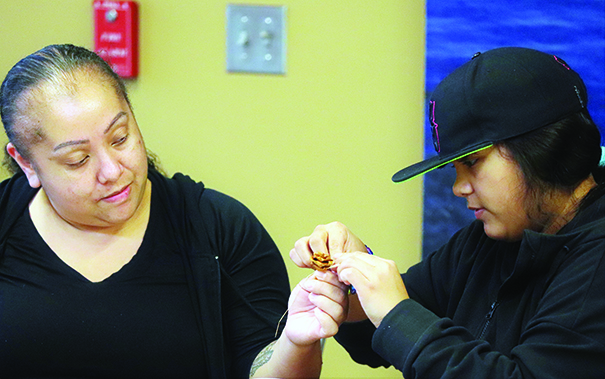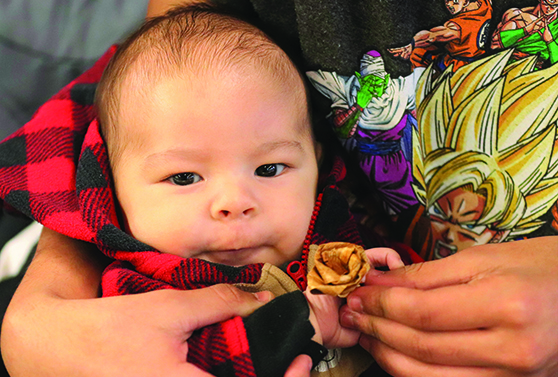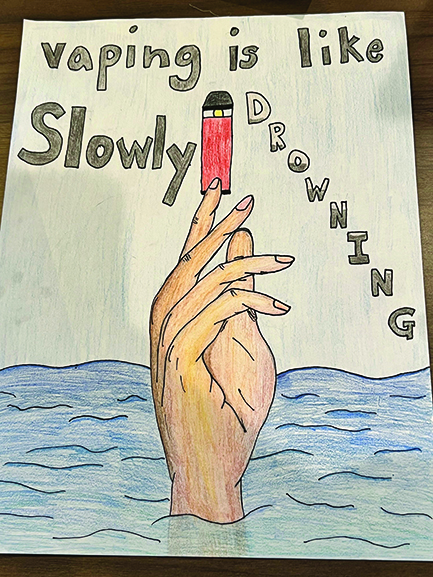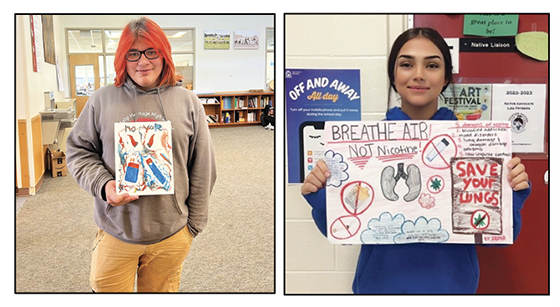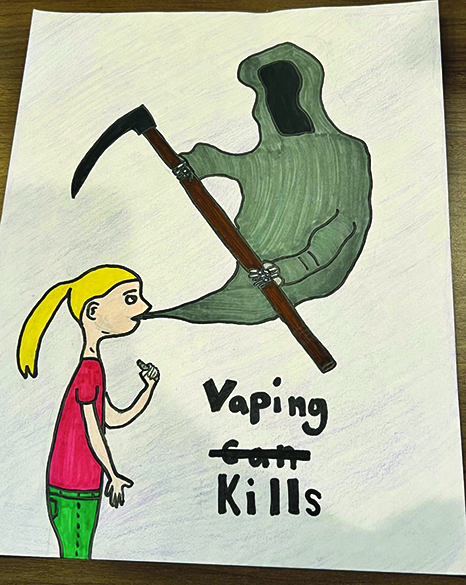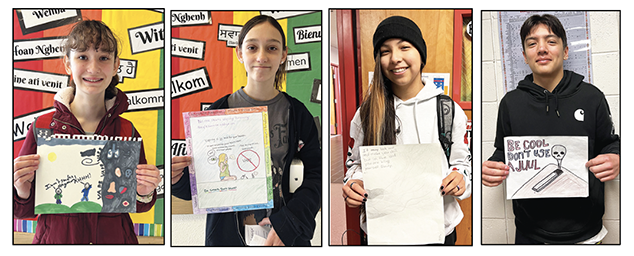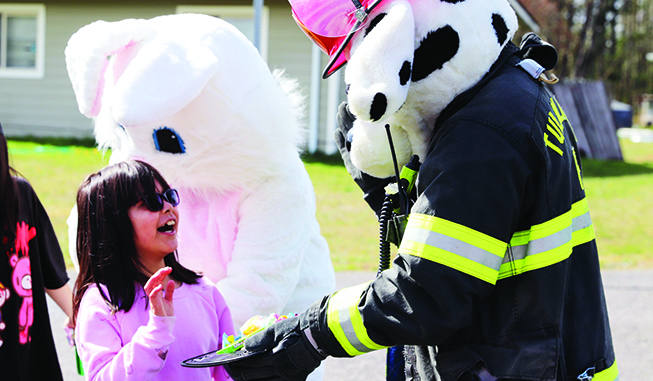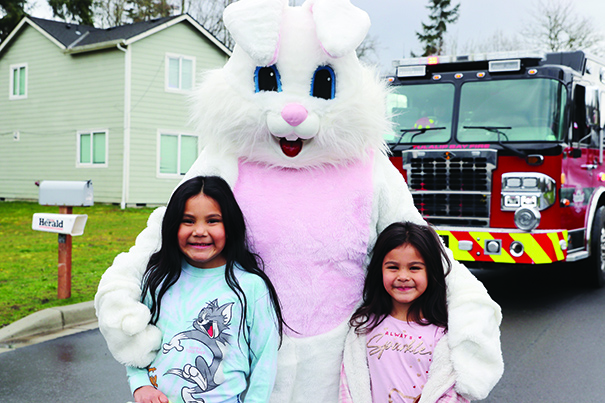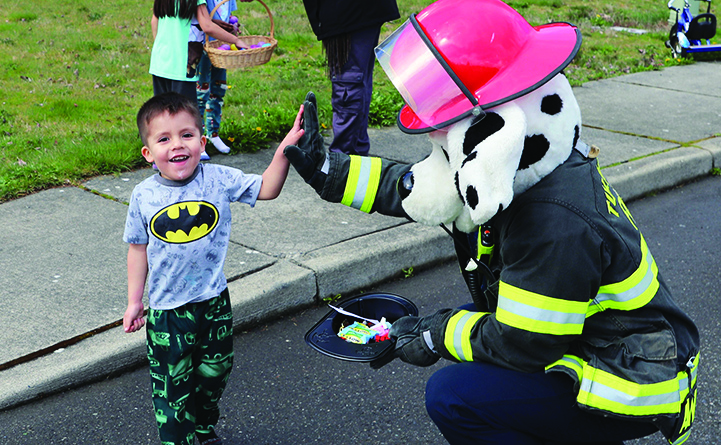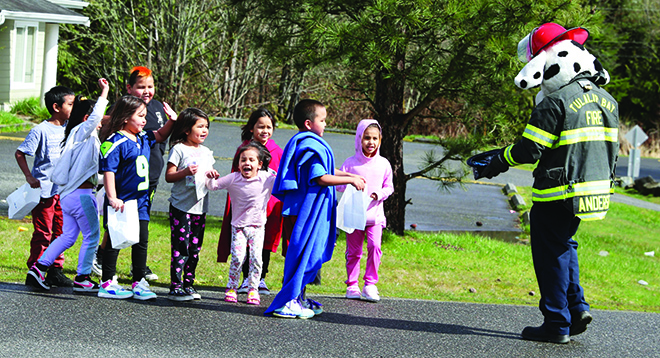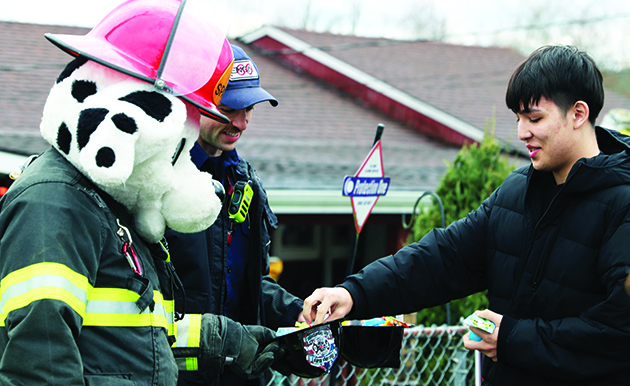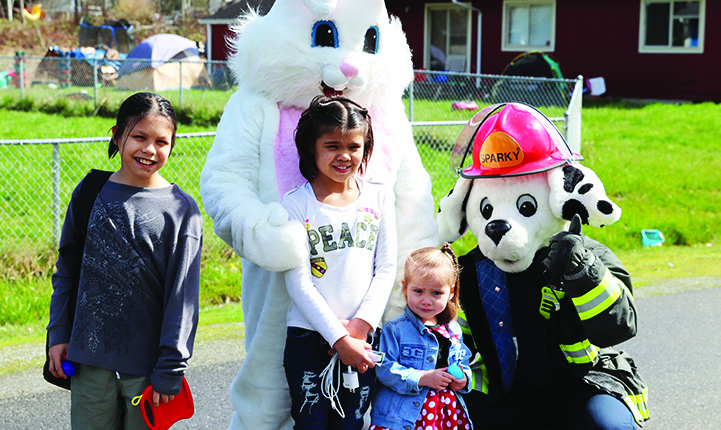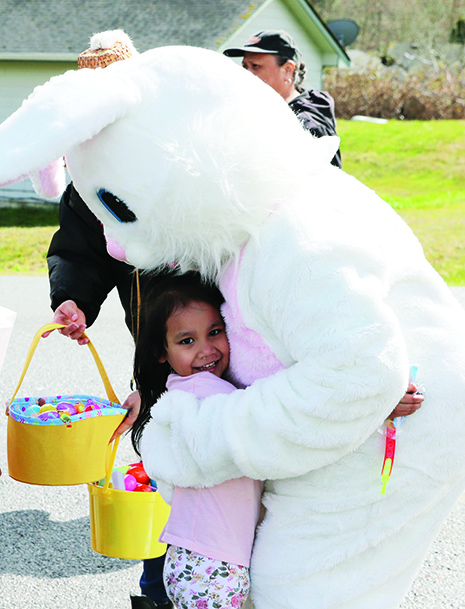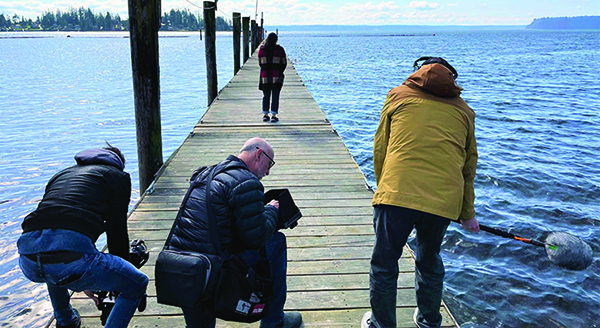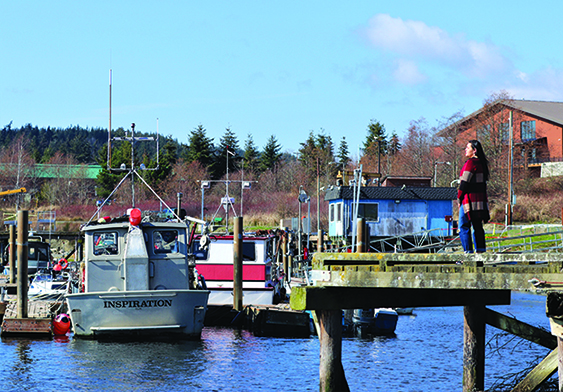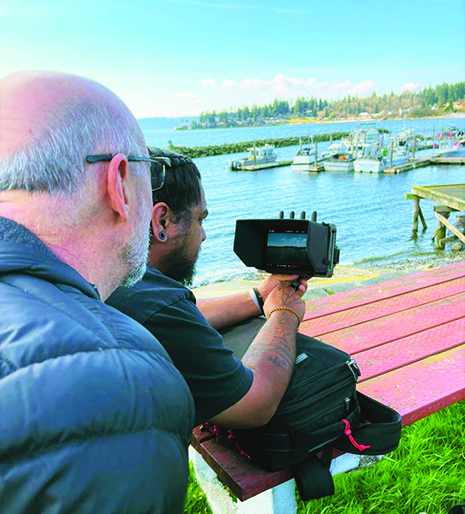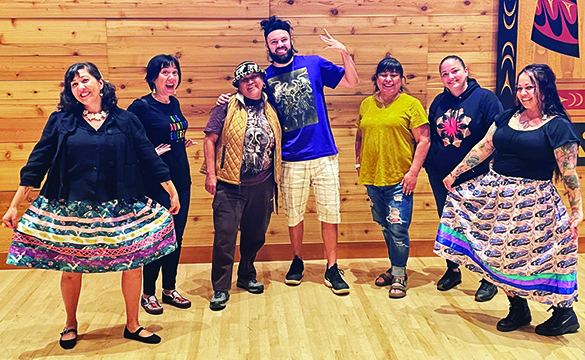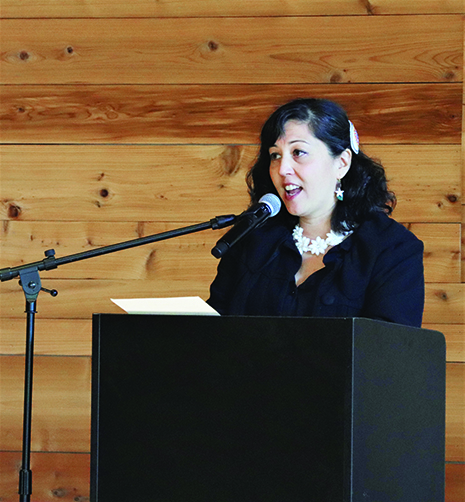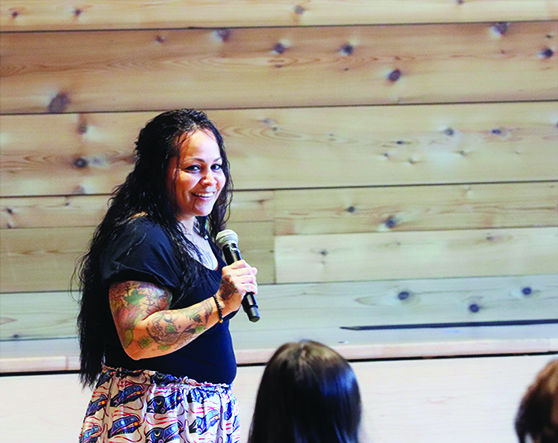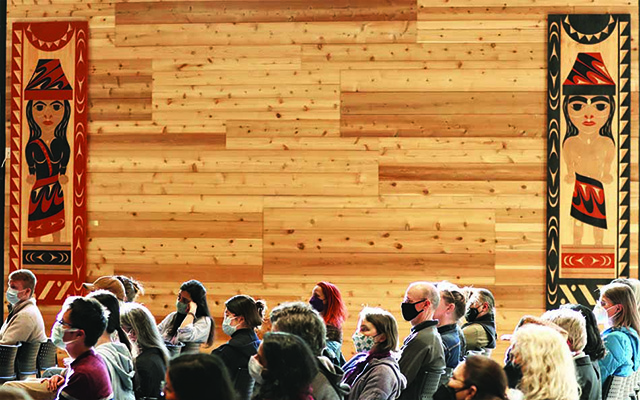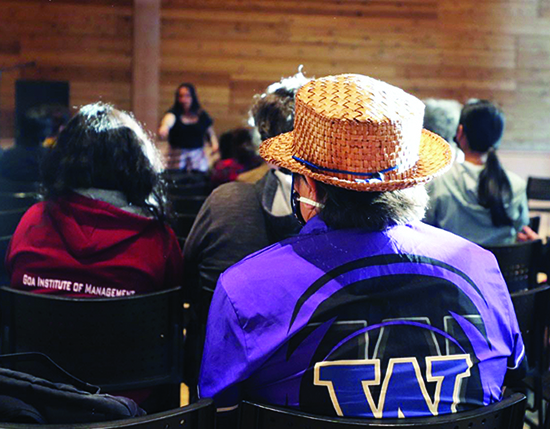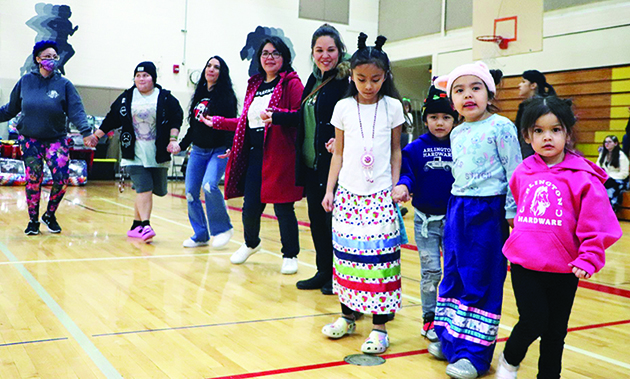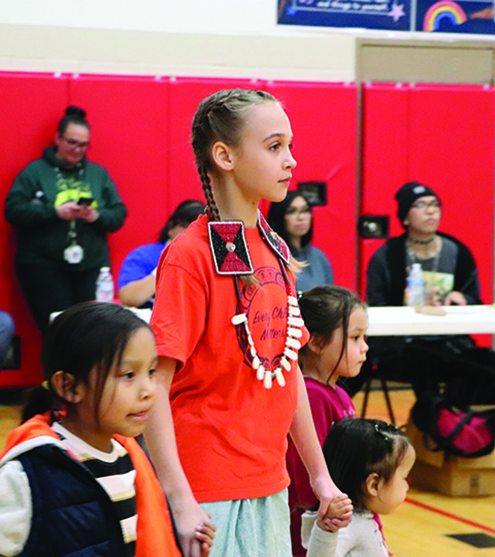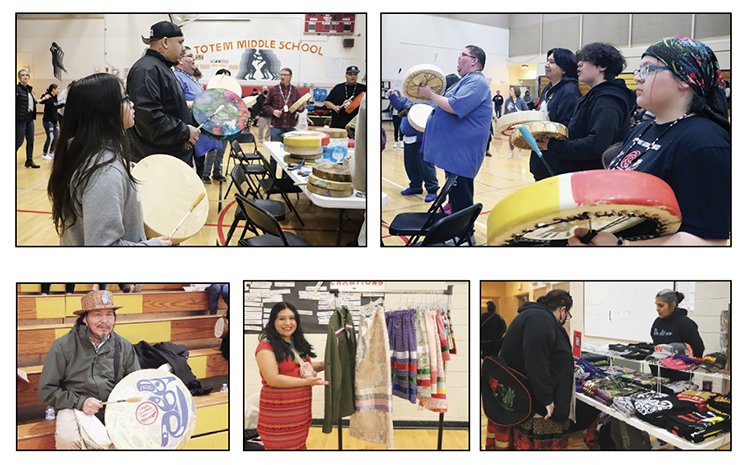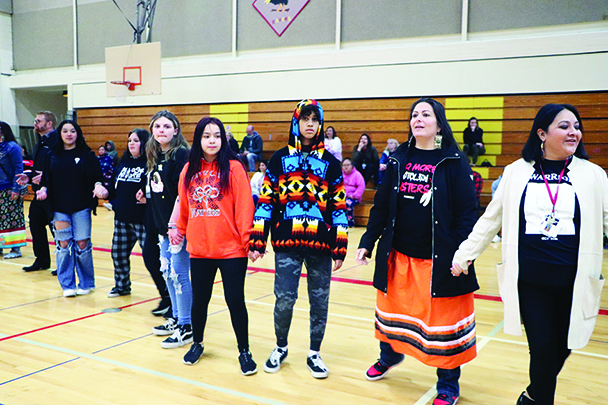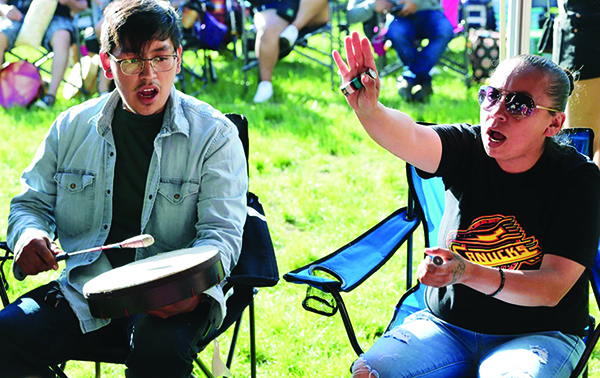
By Kalvin Valdillez, Tulalip News
Several dozen camping tents were set up throughout the northern parking lots of the Tulalip Resort Casino during the first weekend of June. The sound of traditional hand drums could be heard around the gaming establishment and luxury hotel. The drum beats emanated from the center of the Tulalip Amphitheater where close to 1,000 people gathered for the Tulalip Tribe’s annual Stick Games Tournament.
According to stories passed down generation after generation, stick games was originally introduced to the Northwest coastal tribes and First Nations Bands thousands of years ago. The traditional game, also known as bone games, slahal, hand games, and lahal, was created as a way to settle intertribal disputes such as the rights to hunting and fishing grounds, and also as a means to prevent warfare between tribes. And while each tribe and band have different stories pertaining to stick games, the origin of the game is consistent throughout the region. Tribal nations agree that the game was gifted and taught to the people by the Indigenous wildlife of our territory.

Requiring the skill and mastery of deception and distraction, the game is initiated by two opposing teams that consist of three to five players. During gameplay, the team’s alternate turns, and sticks are used to keep score throughout the contest. A set of bones is discreetly distributed amongst the team that is in-play and the opposing squad must correctly guess where the bones are hidden and how many pieces the player has concealed in their hands. While the bones change hands between teammates, the team sings traditional family songs to distract their opponents from seeing who is in possession of the bones. The team with the most correct amount of guesses wins the game and advances to the next round.
In addition to bones and sticks, there are a number of unofficial game pieces that each team utilizes to their advantage during a stick game tournament. Such items include foldable lawn chairs, so that teams can quickly set-up against their opponents and move and play about the grounds; pull-over hoodies, blankets, and bandanas are used to cover a player’s hands to prevent opponents from seeing where the bones are placed. Of course, traditional hand-drums and rattles are used to distract the rival team while the bones are in-play.
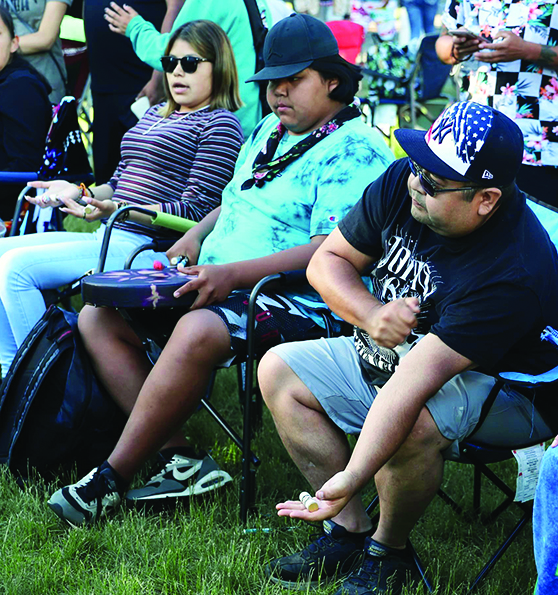
“I’m happy to be back here playing at Tulalip,” said Lummi tribal member, Tavis Washington Jr. “I am a 5th generation stick game player, but it’s been a part of my family since the beginning of time. It always feels great to come out to this event and see all the people who I [know] and meet new people too. My favorite part of the game is winning, I like when my team or my family wins.”
For observers and players alike, a highlight of the Tulalip Tribes annual Stick Games Tournament is supporting Indigenous owned businesses as local artists and chefs set up shop at the amphitheater throughout the weekend. This year a vast amount of vendors were scattered throughout the amphitheater’s grounds, including several Tulalip entrepreneurs.
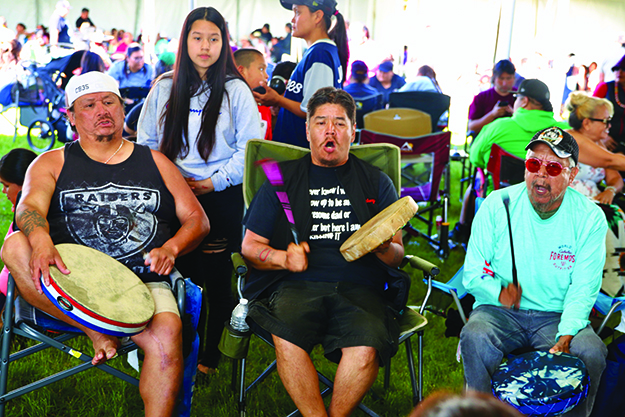
Josh Fryberg’s clan sold their signature smoked salmon as well as a selection of hoodies and t-shirts, Jared’s CORNer was popping as many stopped by the food truck to grab a bag of kettle corn, Winona Shopbell-Fryberg had a beautiful array of her family’s beaded jewelry for sale, and Angel and Amber Cortez’s kids operated the ‘Traveler’s Drinks & Grub To-Go’ food truck to help raise funds for a trip to Washington D.C. this fall. Other items for purchase at the tournament included Indian tacos, snow cones, and Native-designed clothing, blankets, and accessories.
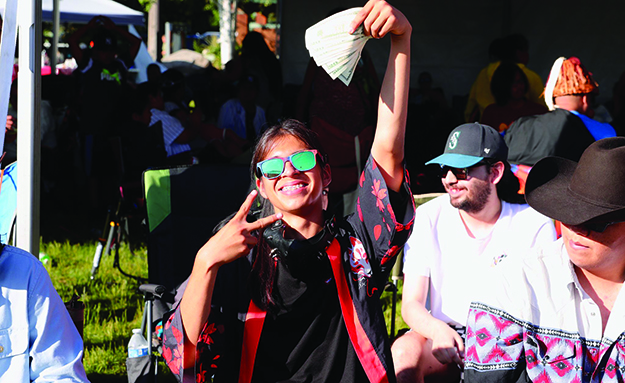
The participants of the Tulalip Stick Games Tournament competed for the chance to walk away with some scrilla in their pockets. With a total payout of $60,000 this year, many cash prizes were awarded throughout the three-day event, including the grand prize of $25,000. In addition to the main competition, several mini matches were also held during the tournament such as the three-man tournament and the kid’s tournament.
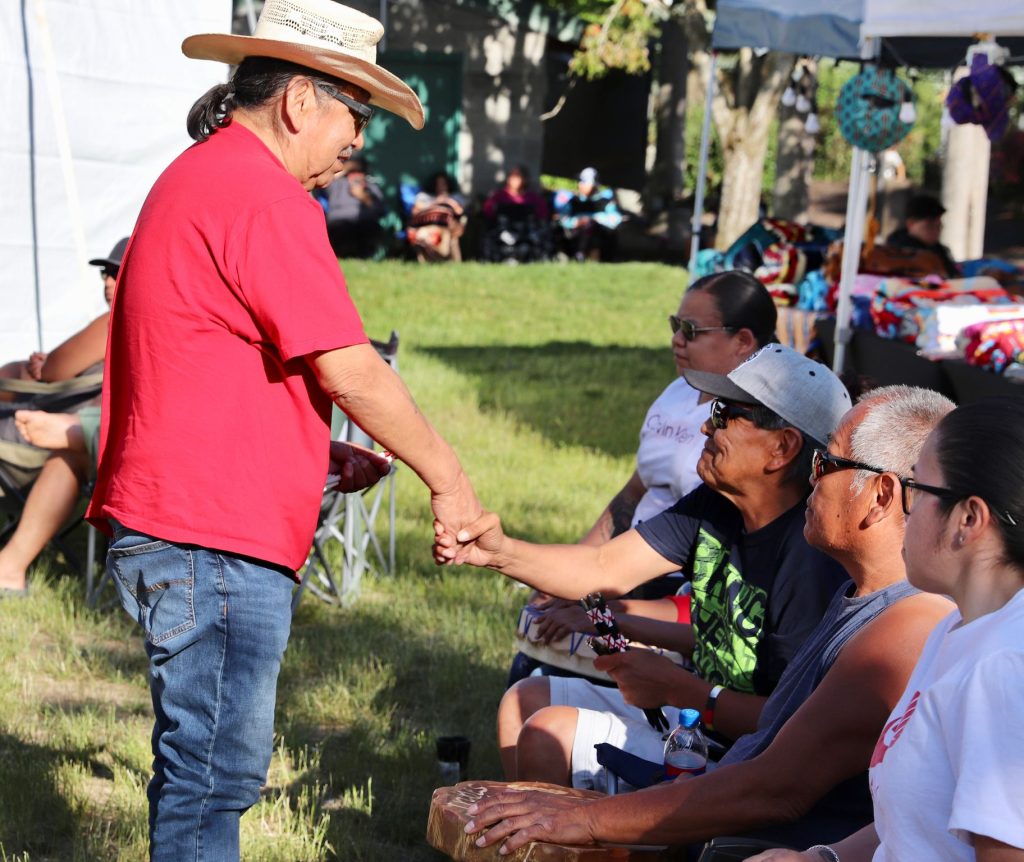
Jennie Fryberg, Tulalip Stick Games Tournament Committee member, shared, “I’m so happy our Tribe hosts tribal events for our people. We hosted 145 teams for Saturday’s five-man tournament and 115 teams for Sunday’s three-man tournament! Congratulations to Martin Hannigan’s (Muckleshoot) five-man team for winning first place in the big tournament Saturday night. It was an amazing weekend full of friendship, good food, and beautiful art by Native vendors. Hands up to my sister Carrie Fryberg for making this event happen. Can’t wait for next year’s event!”
